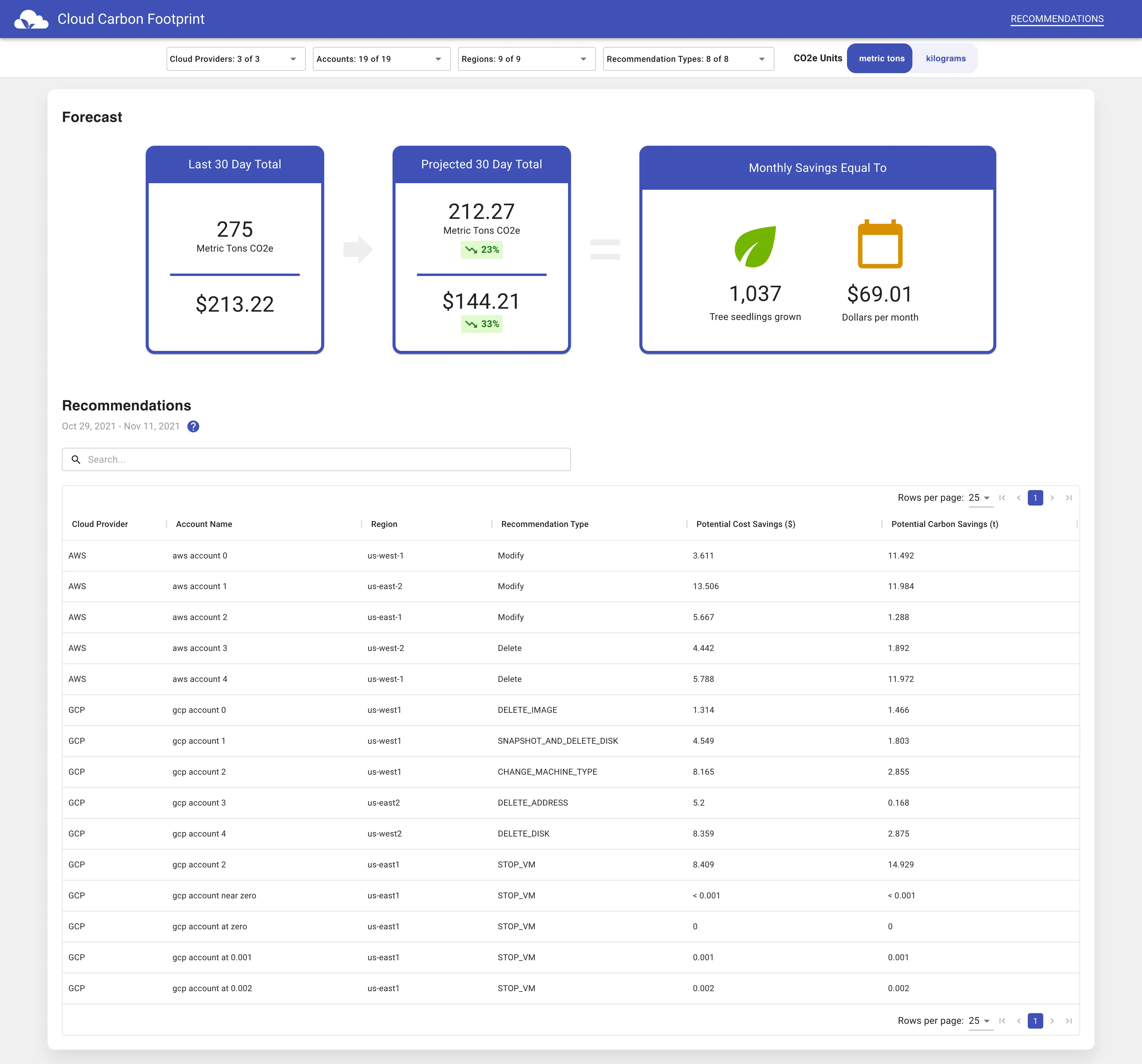The Problem
Global greenhouse gas emissions from the tech sector are on par or larger than the aviation industry, at around 3% for ICT and 2% for aviation respectively. Within ICT, data centers are responsible for around 1% of greenhouse gas emissions and global electricity usage. Currently, most cloud providers do not disclose energy or carbon emissions from cloud usage to their customers (at an aggregate or individual level), which can be a challenge for organizations who want to baseline and reduce their carbon footprint. This application is a starting point to enable organizations to have greater visibility into their emissions across multiple cloud providers.
There are currently no guidelines for reporting Scope 3 emissions as part of the Greenhouse Gas (GHG) Protocol, which cloud provider usage would fall under. However, we hope more and more organizations report on both location-based and market-based emissions from cloud usage. To that end, this application’s focus is on providing a location-based cloud emissions estimate, and we welcome contributions that could aid with market-based reporting to include energy attributes such as RECs or power purchasing agreements.
The Solution
Metrics drive results. Our tool gives companies the insights necessary to make informed decisions that benefit the company as well as the environment. This application pulls usage data (compute, storage, networking, etc.) from major cloud providers and calculates estimated energy (Watt-Hours) and greenhouse gas emissions expressed as carbon dioxide equivalents (metric tons CO2e). We display these visualizations in a dashboard for developers, sustainability leaders and other stakeholders in an organization to view and take action. It currently supports AWS, Google Cloud and Microsoft Azure.

